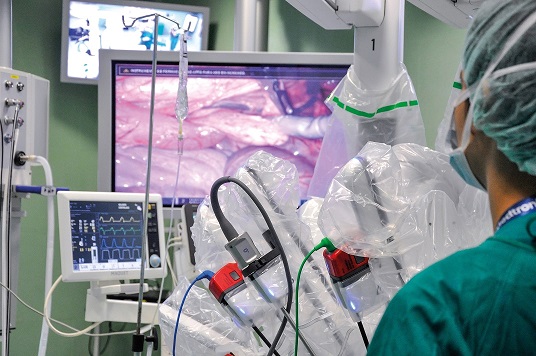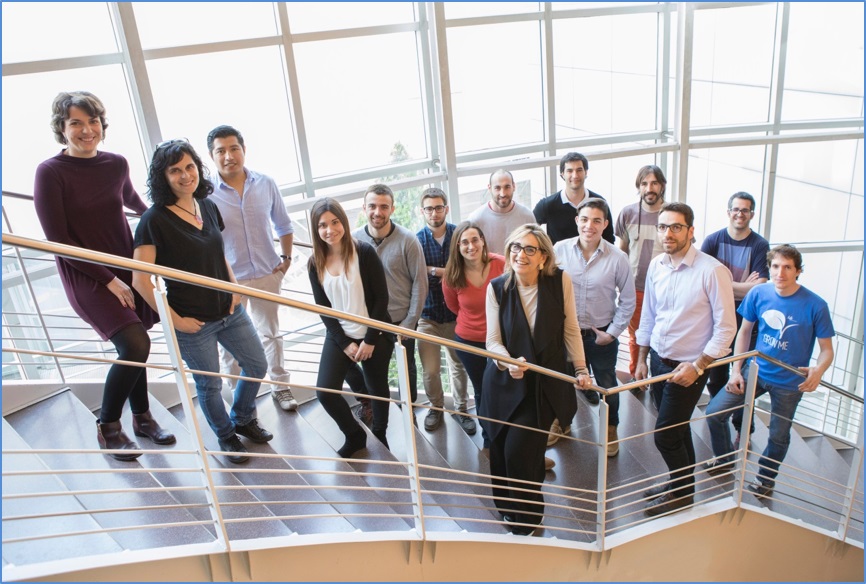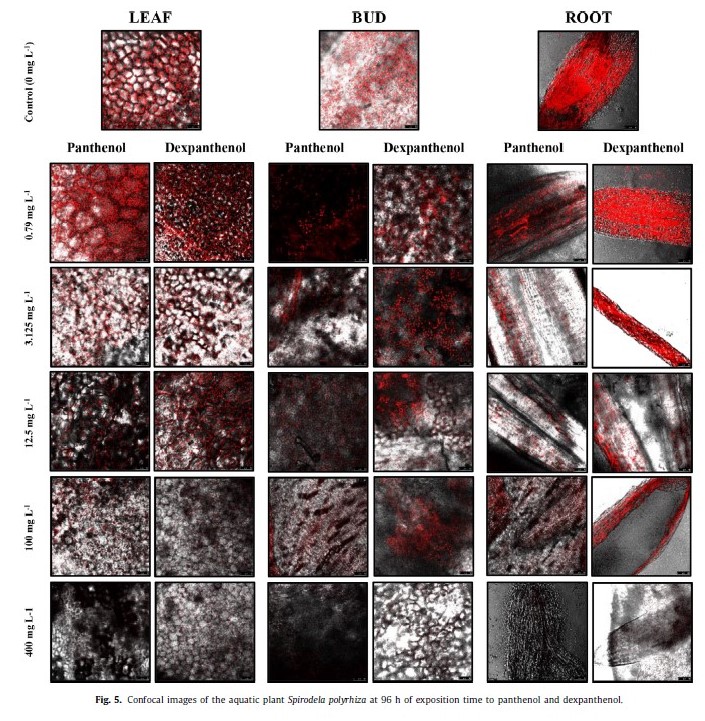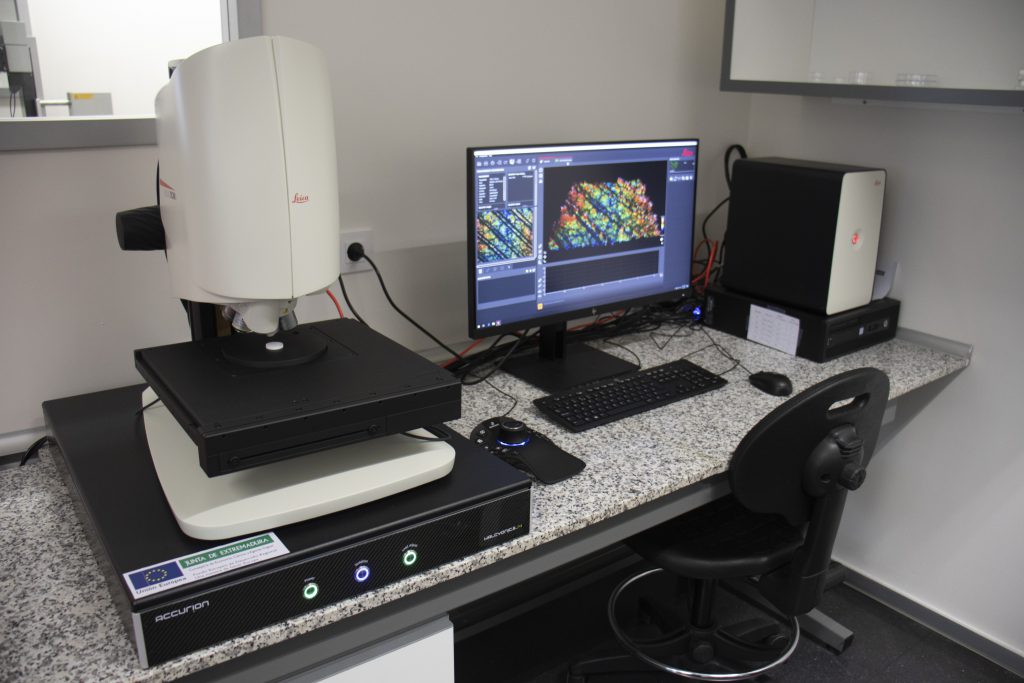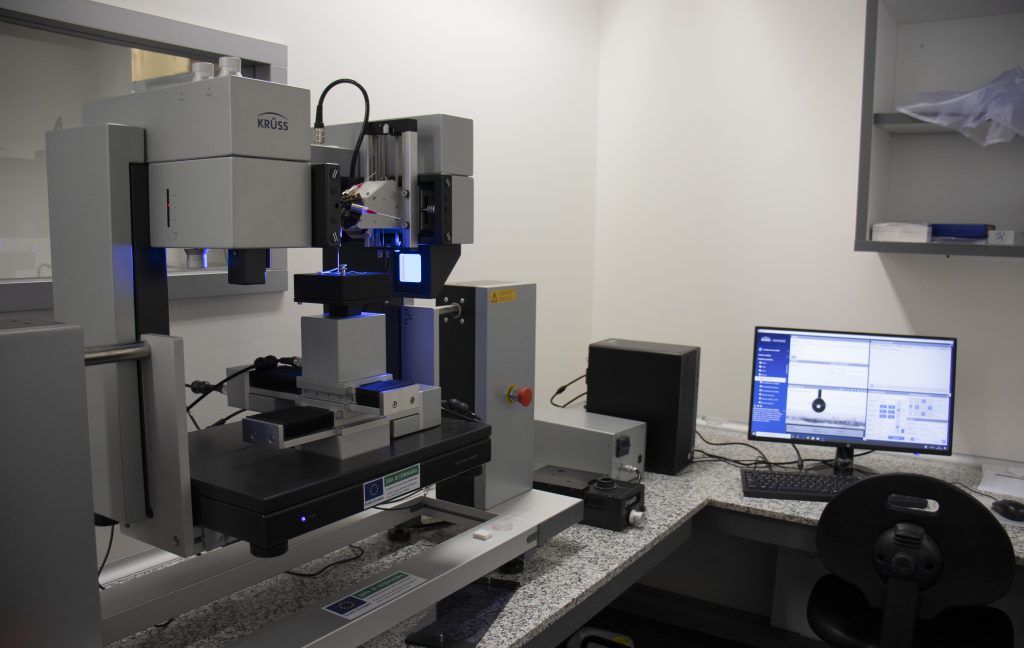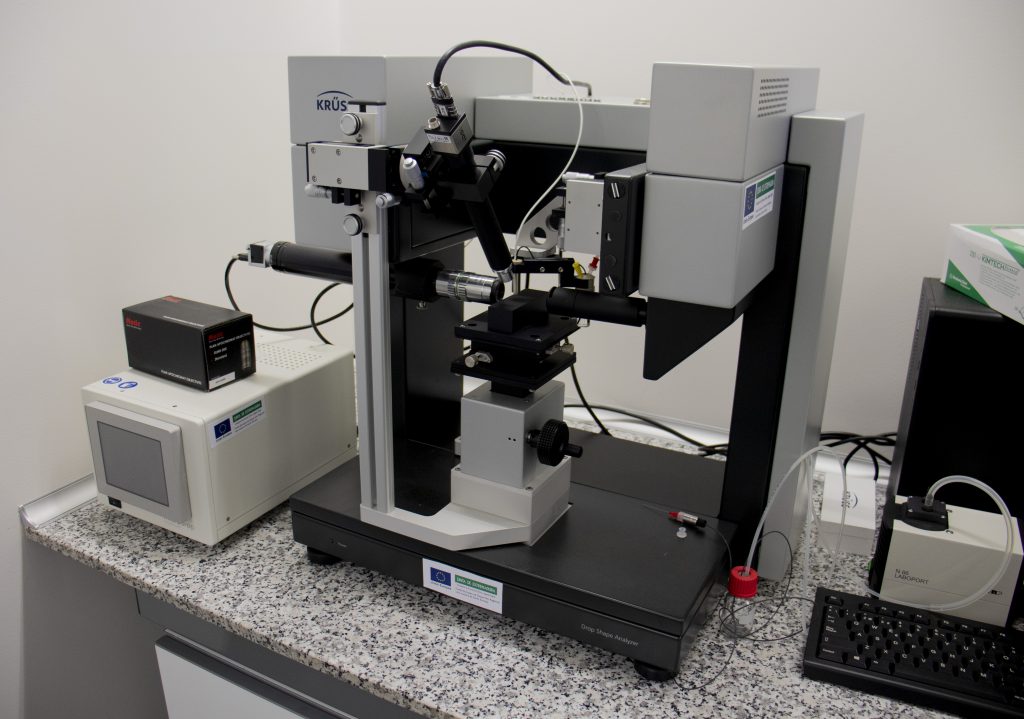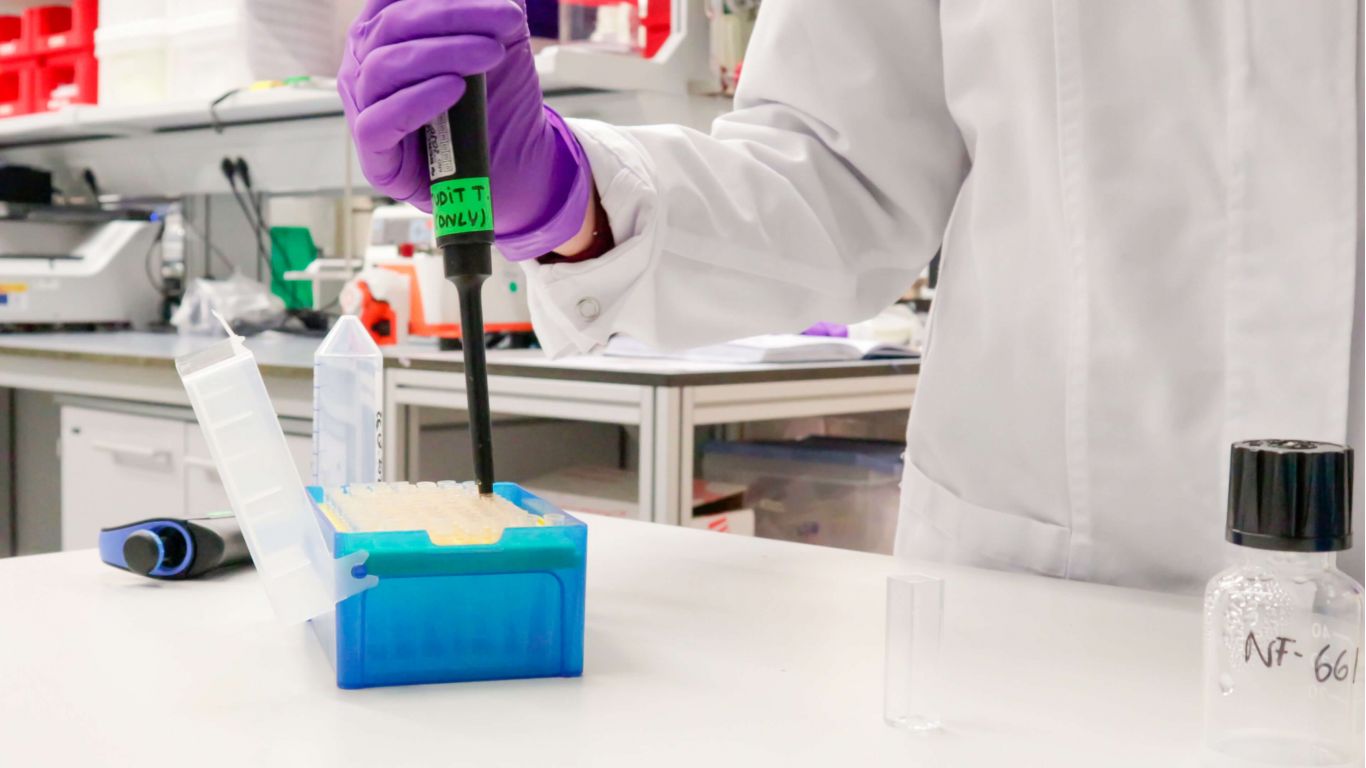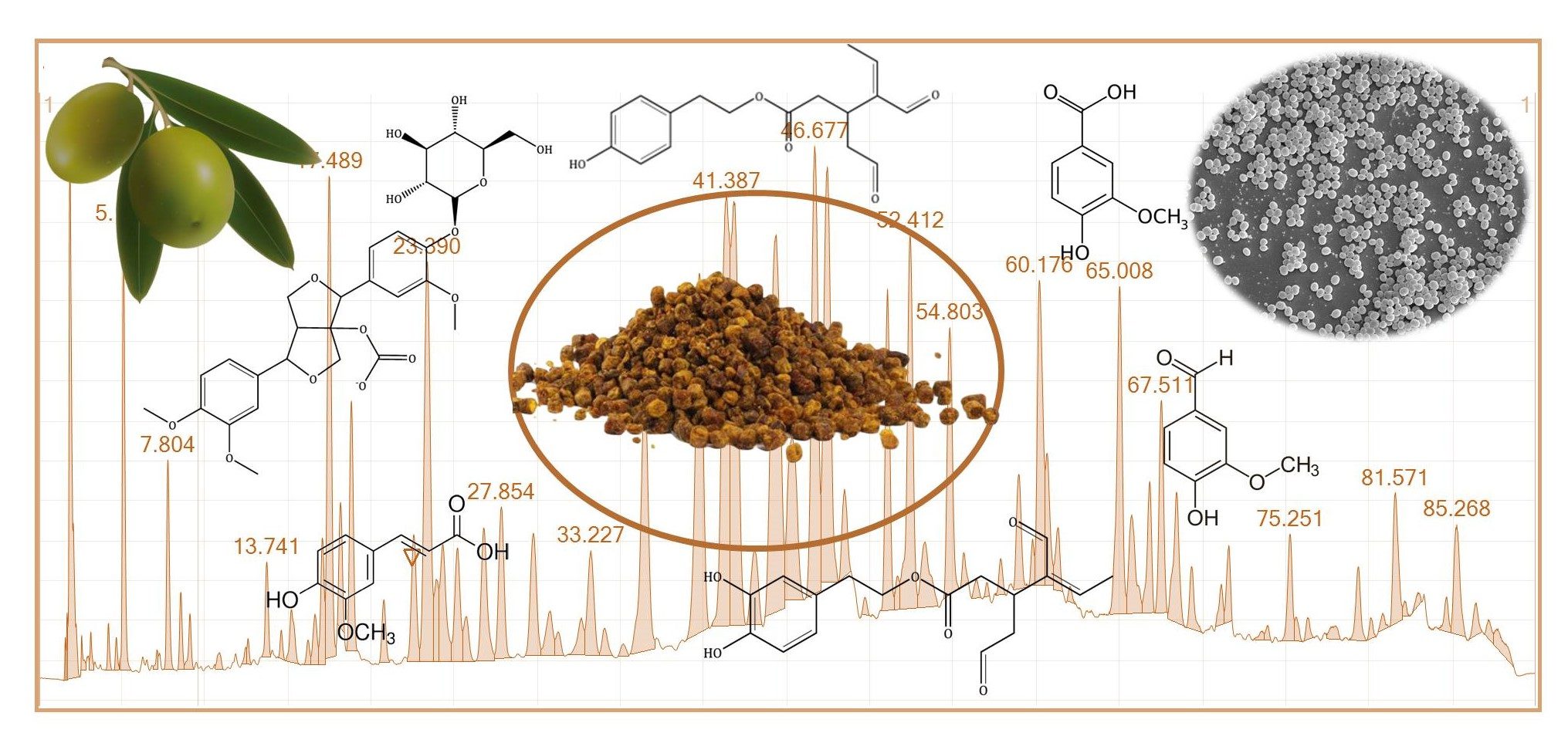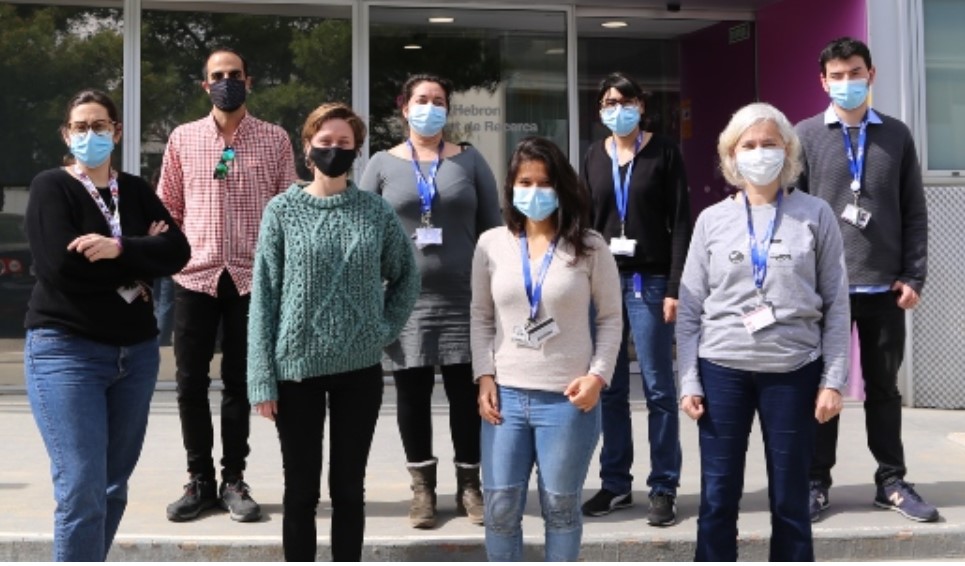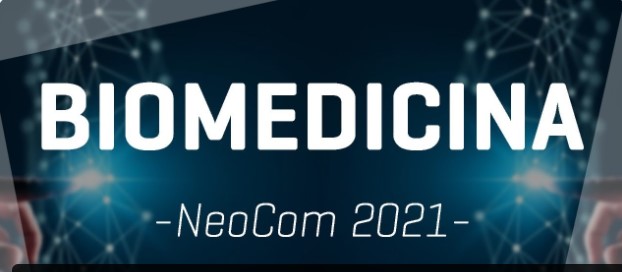Launching the Preliminary Market Consultation Webinar of the TREMIRS Project: Minimally Invasive Robotic Surgical Systems
Cáceres, April 15th, 2021
The CCMIJU, as a beneficiary of the Innovative Public Procurement Program of the Ministerio de Ciencia e Innovación, through the project “Minimally Invasive Robotic Surgery Systems” (TREMIRS), will invest € 7,345,300 in the development of innovative solutions in surgical robotics to improve services provided to the patient, the surgeon’s ergonomics and offer greater benefits to the surgical team, thus achieving an increase in the quality of healthcare.
This ambitious challenge, 80% co-funded by the European Regional Development Fund under the Programa Operativo Plurirregional de España (POPE) 2014-2020 and by the Consejería de Economía, Ciencia y Agenda Digital de la Junta de Extremadura, will last three years and will develop two innovative solutions in the field of surgical robotics, one focused on laparoscopic robotic surgery and the other on microsurgical robotics.
The first solution will facilitate new surgical approaches, provide improvements in surgeon ergonomics, advances in surgical assistance systems, and new portable training tools. The second will implement robotic micro-instruments for soft tissue manipulation and for performing microsurgical techniques such as anastomosis, suturing and ligation on small anatomical structures such as blood vessels, nerves and lymphatic ducts.
The development of both platforms will provide the National Health System and the Extremadura Health Service new equipment that is not currently available on the market and that will improve the quality of patient services and surgical results.
The project is currently in the preliminary market consultation phase as a prior action to the Innovative Public Procurement procedure for the aforementioned solutions. The purpose of this consultation is to obtain information about innovative solutions that respond to the challenges of the project through technologies that exceed the benefits of the existing ones. The results of this consultation will allow us to define the technical and functional specifications of the solutions to be achieved with a subsequent public procurement process.
You can find more information about the project and the preliminary market consultation at the free webinar on April 21, 2021 at 10:00 am.

